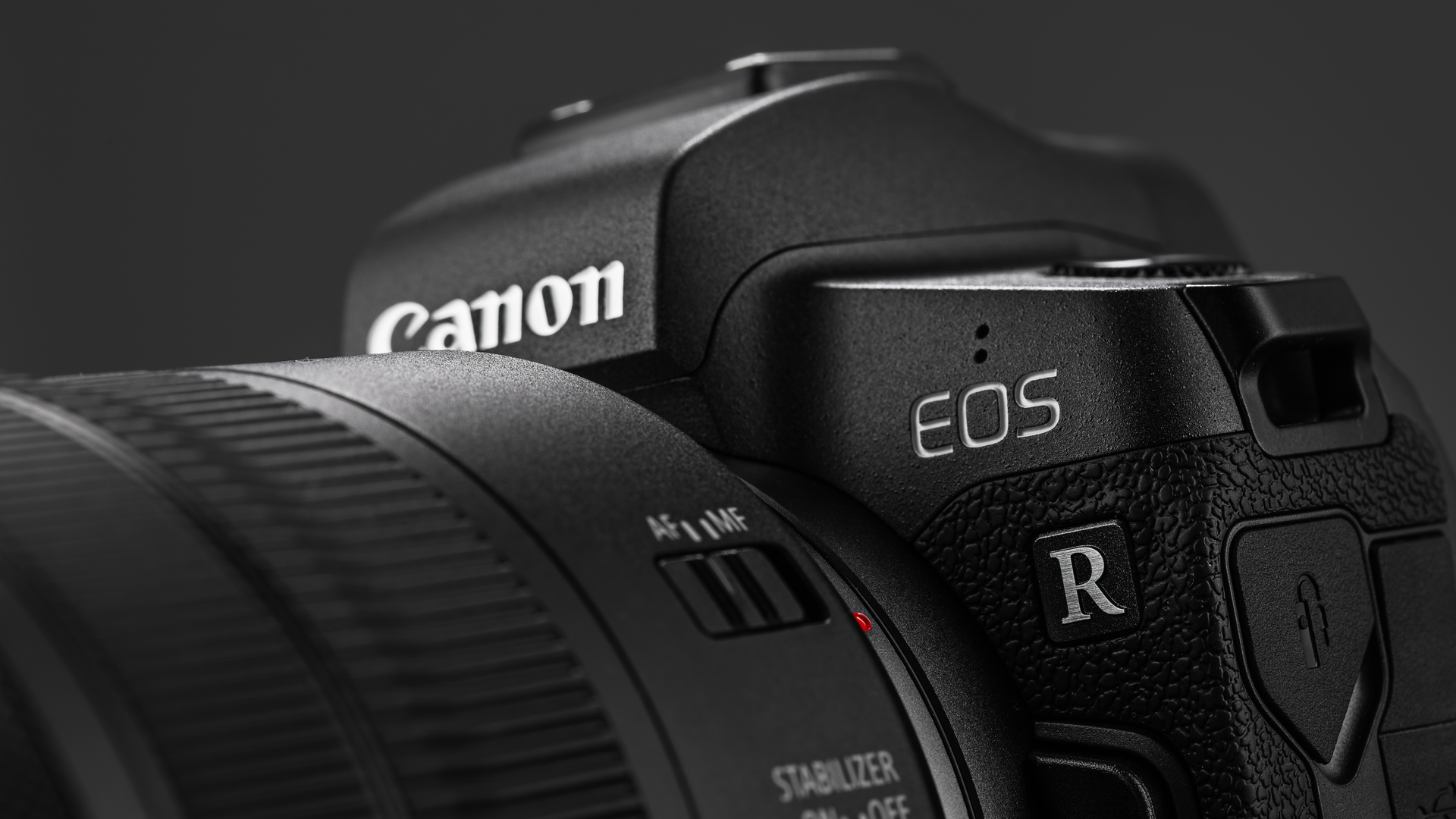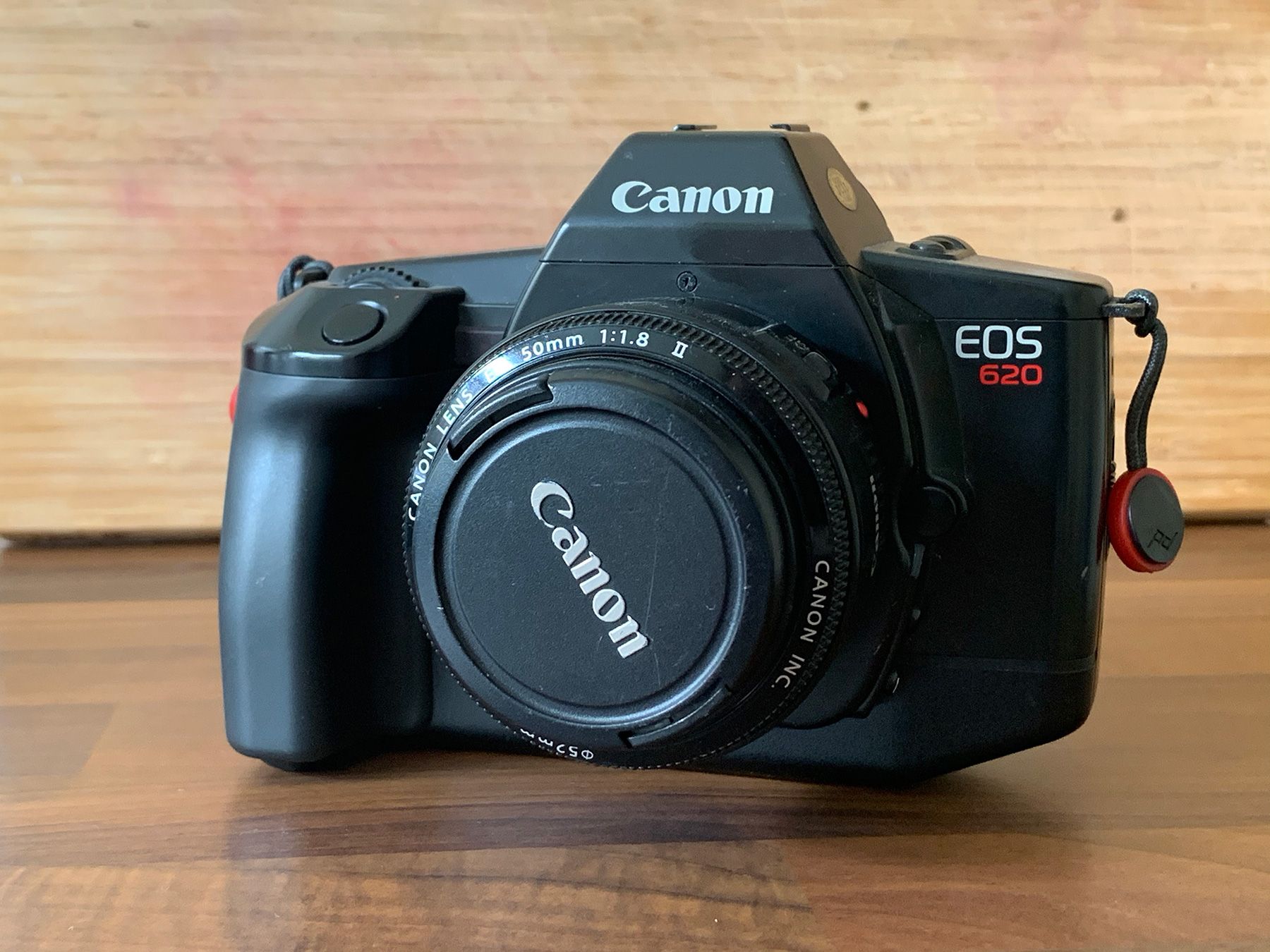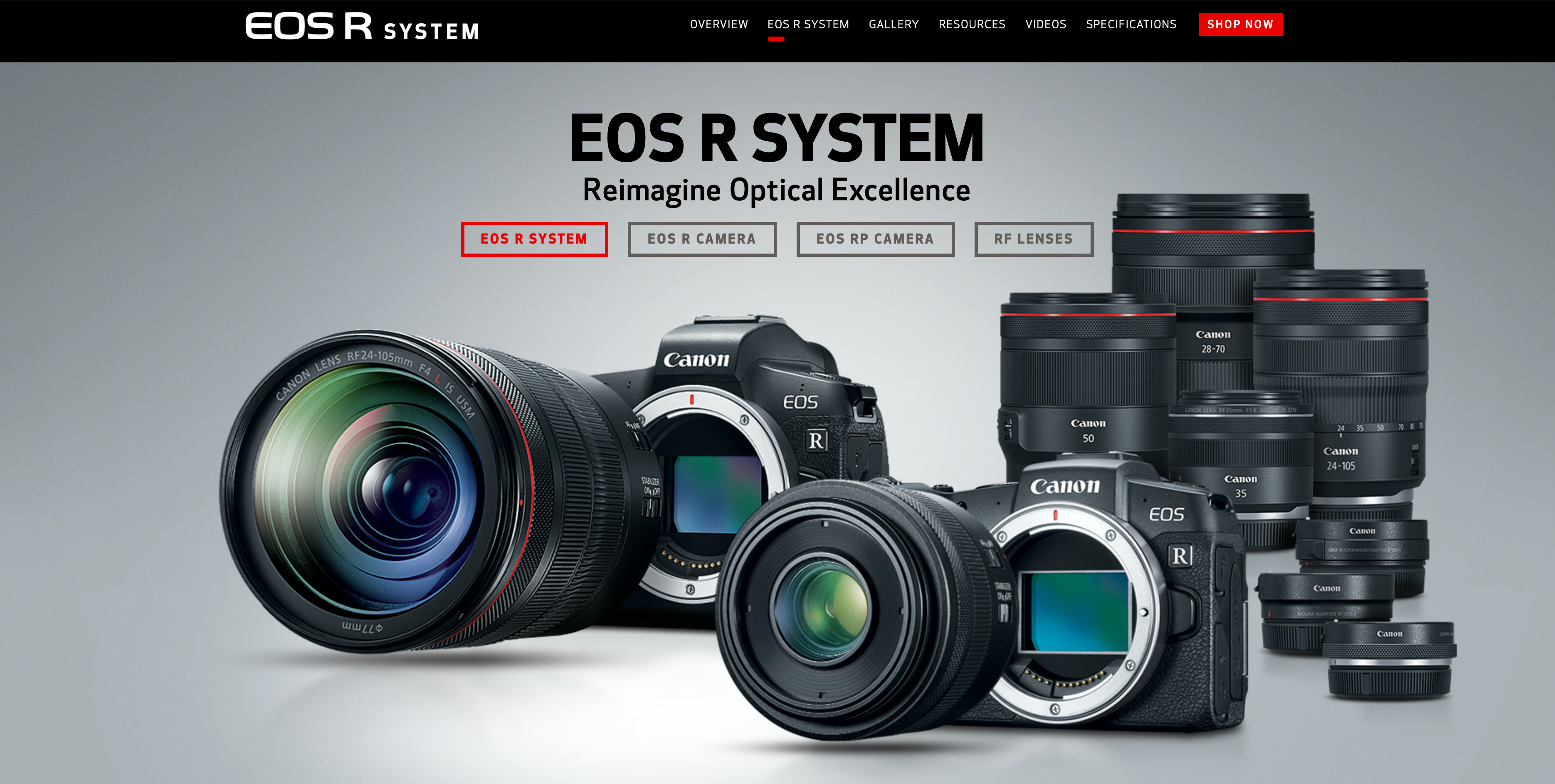Quick Links
Canon recently announced two new mirrorless cameras---the EOS R5 and the EOS R6. They’re set to be Canon’s best cameras ever, but are they good enough that people should buy a mirrorless camera? We think…. Maybe. But probably, yes. Here’s why.
DSLRs Are Dying
Over the past few years, Canon’s gone all-in on mirrorless cameras, while its DSLR line has largely languished. Just look at when the full-frame DSLR line-up was last updated:
- Canon 1D X Mk III (2020)
- Canon 5DS and 5DS R (2015)
- Canon 5D Mk IV (2016)
- Canon 6D Mk II (2017)
Because all its full-frame DSLRs (bar the 1D X Mk III) have been updated, Canon has released four brand new full-frame mirrorless cameras:
- Canon R5 (2020)
- Canon R6 (2020)
- Canon RP (2019)
- Canon R (2018)
And, while there was once a Canon 5D Mark V in the pipeline, development has apparently stopped. Sure, the crop-sensor Canon EOS 90D was well received when it launched last year, but it’s clear that Canon’s focus in on its mirrorless lineup. Even the 90D is at its best when it’s used like a mirrorless camera, which is unsurprising because it largely has the same internals as the mirrorless (and cheaper) Canon EOS M6 Mk II, which was released at the same time.
So, why’s this happening?
Mirrorless Is the Future
DSLR cameras are built on old platforms. Canon debuted the EF-mount in 1987 while Nikon’s F-mount was first released in 1959. That’s a full decade before the moon landing!
Both Canon and Nikon got great use out of their old lens platforms. They’ve iterated and developed on them, but they’ve mostly hit the limits of what they can achieve within the physical constraints. There are hundreds of EF-mount and F-mount available---and there’s not a lot more that can be done.
One of the most popular lenses used by professional photographers is the 24-70mm f/2.8 zoom. It’s a great working lens with a range and aperture that lets you shoot most things. There have been small developments and tweaks, but both Canon and Nikon’s offerings are at the limit of what they can do optically---and have been for years.
When Canon and Nikon launched their first mirrorless cameras, they both debuted brand-new lens mounts, without the same old constraints. This meant that their existing line up of lenses wasn’t compatible with their new cameras without an adapter, but they could also do new and interesting things. Canon’s 28-70mm f/2, for example, is widely hailed as one of its best lenses ever---and it could never be made for DSLRs. In near enough every way, it’s a better lens than one of Canon’s 24-70s.
Over the next few years (and, likely, decades) we’ll see camera manufacturers push the new lens mounts to their limits---but they’re not going to hit them for a while. Future lenses will have wider apertures, resolve higher resolution images, and take advantage of whatever other technology comes down the line. It’s these technical advantages that guarantee mirrorless cameras will win out.
Mirrorless Is Maturing Fast
All the crazy lenses Canon and Nikon were talking about were exciting back in 2018 when we last took a serious look at whether or not mirrorless cameras were worth buying, but they were mostly unavailable. The future looked fun, but the present looked … difficult.
Canon had just released one mirrorless camera and four lenses while Nikon launched two cameras and three lenses. Sony had been developing mirrorless cameras for a while, but switching formats still seemed like a hard sell for all but the earliest adopters or professionals who wanted some of the advantages of mirrorless gear and were prepared to pay big bucks. Now, things have changed.
Canon has just released its second generation of mirrorless cameras, and the lens lineup has gone from four to 15, including some more affordable options. Nikon has just announced the entry-level Z 5, and is expected to release a new high-end mirrorless camera soon. Plus, its lens lineup is similarly broadening. It’s going to take a while for there to be as many options as there are with DSLRs, but things are no longer quite so limited.
Which means it now might just be time to make the switch.
If You’re Buying New, Buy Mirrorless
Let’s be clear, if you’re in the market for a new high-end camera, you should probably go mirrorless. It's where all the development effort is being put. Both Canon and Nikon might continue to release DSLRs for a while, but they’ll be overpriced and under-featured compared to a similar mirrorless camera.
For example, Canon’s just-released $2500 R6 uses the same sensor as the $6500 flagship DSLR---the 1D X Mk III. The R5 does things no DSLR on the market comes close to matching. They’re better cameras, and they’re better values.
Yes, switching camera platforms has a cost. You will need to replace your lenses or use an adapter, which will set you back between $100 and $250. To make matters more convoluted if you shoot Nikon at least, the adapters may not be fully compatible with your older gear. But, even still, it’s now really hard to recommend that anyone pays thousands of dollars for a brand-new DSLR---especially when they’re four years out of date.
If You Want a Deal, Go Second Hand
But, just because new DSLRs are an increasingly bad deal, that doesn’t mean the platform is entirely dead. There’s a great opportunity for anyone who doesn’t need the latest gear and has an eye for a deal.
Cameras last for years and lenses last for decades---it’s why there’s such a healthy second-hand market. Professionals might feel the pressure to upgrade every couple of years, but most people can get by with a five-year-old (or older) body. I do all of my work with a Canon 5D Mk III---it launched in 2012.
As professionals and wealthy amateurs switch to mirrorless cameras, there’s going to be a lot of relatively new DSLRs and high-end lenses for sale on the secondhand market. If you’re not in a position to make the switch yet yourself, there’s a lot to be said for taking advantage of the opportunity created by the people who are. I’m certainly going to be keeping my eye out for a used 5D Mk IV or maybe even an EOS R.
But Do You Need to Buy?
You might have noticed that I’ve been focusing on high-end cameras in this article, and that’s because that’s the camera market that’s left.
Over the last decade, the camera market has collapsed. Sales have fallen 87% since 2010, in large part because of smartphone cameras. As they get more capable, there’s been less and less reason for the average person to buy a dedicated camera. The only part of the market holding strong, or at least not collapsing as quickly, has been mirrorless and DSLR cameras. Manufactures are even showing signs of moving away from their entry-level crop-sensor cameras to focus exclusively on prosumer and professional gear.
Unless you’re prepared to invest a good bit of cash and a lot of time in a high-end camera, there’s not really a lot of point to getting one. Smartphone cameras are now so good that, for most things, you won’t really be able to tell the difference between the shots---especially not if you’re just sharing your work on social media. If anything, the extra hassle of using a big camera is more likely to interfere with you getting the shot.
So, now really is the time for mirrorless cameras. DSLRs are going to stick around for a while and will have a very healthy secondhand market, but the platform’s on the way out. If you’re going to buy, it probably should be a mirrorless---if you should be buying at all.



